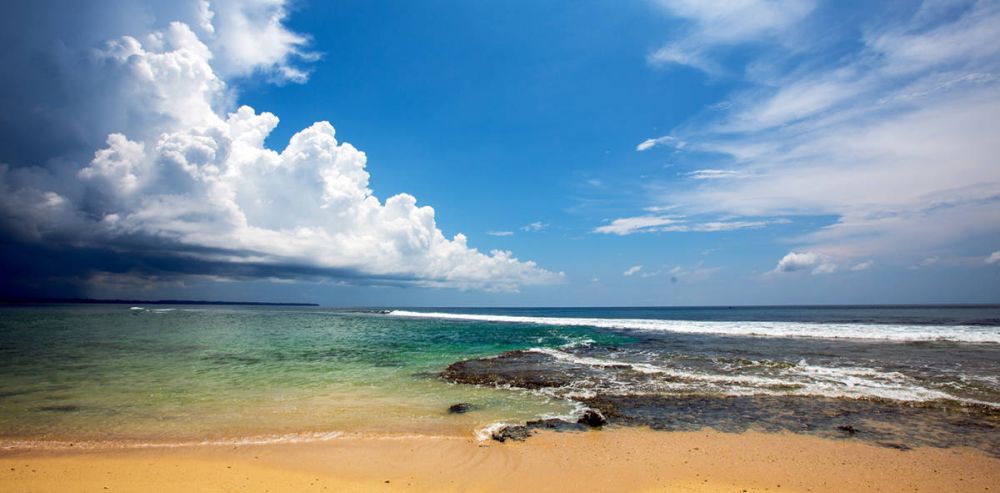

Little Andaman, found at the southern end of the Andaman and Nicobar Islands, is home to the serene and captivating Harminder Bay Beach. Known for its picturesque scenery and tranquil environment, the beach has significantly contributed to the region's fledgling tourism industry.
The history of tourism in the Andaman and Nicobar Islands is relatively young. With the primary focus initially on the penal colony history of Cellular Jail in Port Blair, it wasn't until the late 20th century that the islands started gaining attention as a tourist destination.
The Indian government began investing in infrastructure and promoting the Andaman and Nicobar Islands in the 1970s and 1980s. However, it was after the 2004 Tsunami, which sadly affected Little Andaman severely, that significant measures were taken to revive and bolster tourism. As reconstruction and rehabilitation efforts progressed, attention turned to the untouched beauty of Little Andaman and its potential as a tourism hub.
Harminder Bay Beach started gaining popularity post-tsunami, with its clear waters, sandy shores, and exotic marine life drawing in tourists looking for a peaceful retreat away from the hustle and bustle of crowded tourist spots. Moreover, eco-friendly resorts and establishments began to surface, catering to the sustainable tourism trend that was gaining momentum globally.
In recent years, the Andaman and Nicobar administration has been advocating ecotourism and responsible tourism practices to protect the fragile ecosystems of the islands. Efforts include limiting the number of tourists in certain areas and promoting conservation awareness.
Adventure tourism combined with eco-consciousness is a key trend at Harminder Bay Beach. Tourists are increasingly drawn to activities like snorkeling, scuba diving, and trekking through the lush rainforests of Little Andaman, all with a focus on minimizing environmental impact. Surfing is another emerging trend, with the island's coastline offering some of the best waves in India.
A recent development is the introduction of better connectivity and infrastructure, making Harminder Bay Beach more accessible to visitors while still protecting its natural beauty. This includes improvement in ferry services and the construction of eco-friendly accommodation options.
Despite Harminder Bay Beach's growing popularity, it remains a hidden gem offering an ideal setting for those who wish to immerse themselves in nature and experience the rich cultural tapestry of the indigenous Onge tribe, indigenous to Little Andaman. Tourism in Harminder Bay Beach continues to flourish, maintaining a balance between development and sustainability to safeguard its pristine grace for future generations.
In conclusion, while the story of tourism at Harminder Bay Beach may be relatively short, its future looks promising as a model for sustainable and eco-friendly travel destinations in India and beyond.